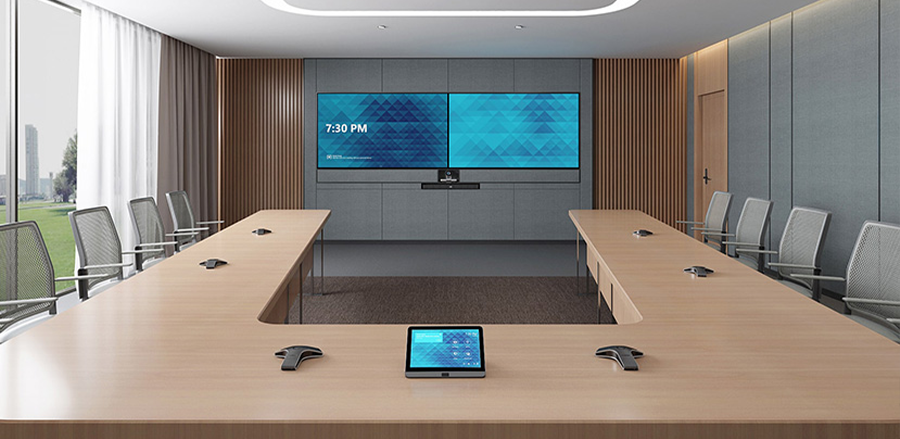Perfecting the Essentials of Audio Flow in Audiovisual Devices for Optimal Output
Wiki Article
In order to comprehend the way audiovisual devices functions, it is essential to grasp the principle of signal flow. The signal flow denotes the path that sound and visual signals take from their source to their endpoint. This journey starts with input such as microphones and cameras, which collect audio and images. Understanding this procedure is vital for anyone who wants to guarantee maximum performance during presentations, performances, or various event that relies on AV systems.

The initial step in signal includes input that collect data. For instance, a microphone transforms sound vibrations into electric transmissions. Similarly, a camera converts light into visual signals. These components serve as the initial point for any audiovisual configuration. Once the signals are captured, they must be transmitted to a mixer or a management system that assists to manage the multiple inputs. This component is responsible for modifying levels, incorporating effects, and ensuring that the transmissions are clean and distortion-free before they move on to the subsequent stage.
After the mixer, the data must be sent to power amplifiers and processors. Power amplifiers increase the strength of audio transmissions, making them louder and stronger. On the other hand, visual processors improve the quality of the image information. These elements are vital for preserving the integrity of the signals as they move through the system. Adequate amplification and tuning ensure that the audio and video results are of high standard, which is crucial for spectator engagement and total experience.
The subsequent stage in signal flow is the output stage, where the enhanced signals are delivered to about this output, such as speakers and projectors. Speakers change electric signals back into audio, allowing the audience to perceive the audio distinctly. Visual projectors display image information on a screen, rendering it accessible to everyone in the location. The way these output are configured can significantly affect the entire performance of the AV setup. For example, the placement of sound systems can affect how audio propagates through a room, affecting how well the audience perceives the sound.
Ultimately, overseeing the signal flow is essential to ensure everything operates smoothly during an see this website occasion. AV professionals often use monitoring equipment to verify volumes and make adjustments in real-time. This oversight helps to detect and resolve potential issues that may arise, such as feedback in sound or degradation in video. By mastering the essentials of signal, AV technicians can guarantee that each event runs seamlessly, delivering a superior experience for all participating. Understanding this procedure not only enhances technical abilities but also cultivates a deeper appreciation for the complex systems that create audiovisual encounters feasible.